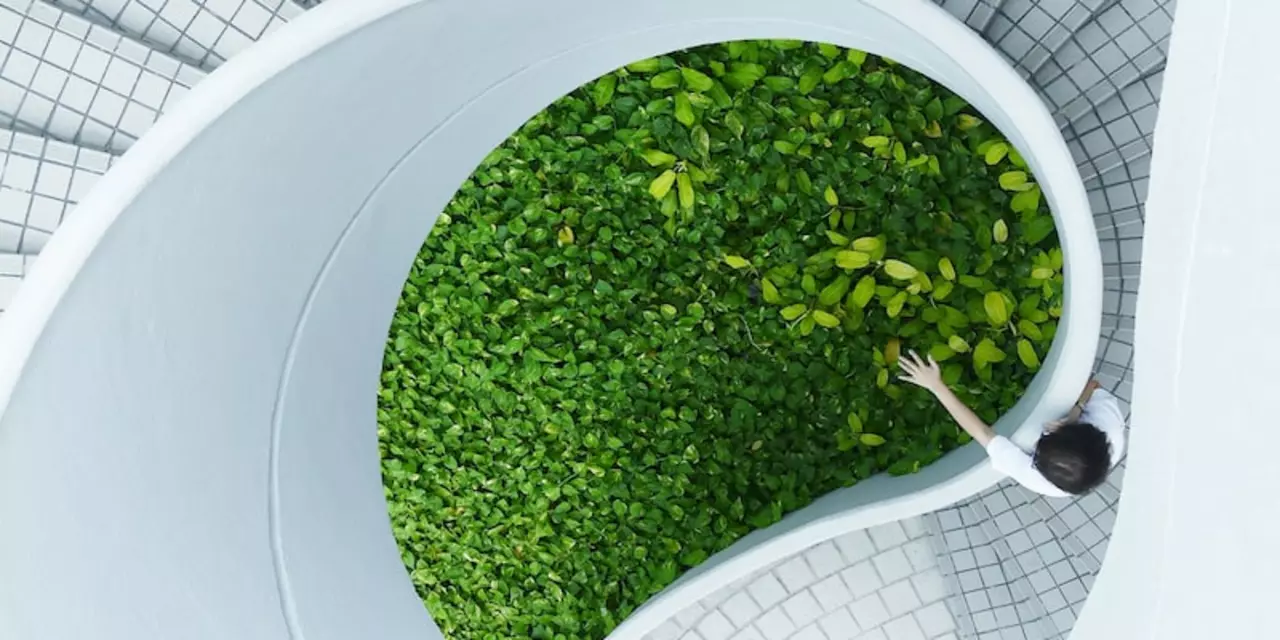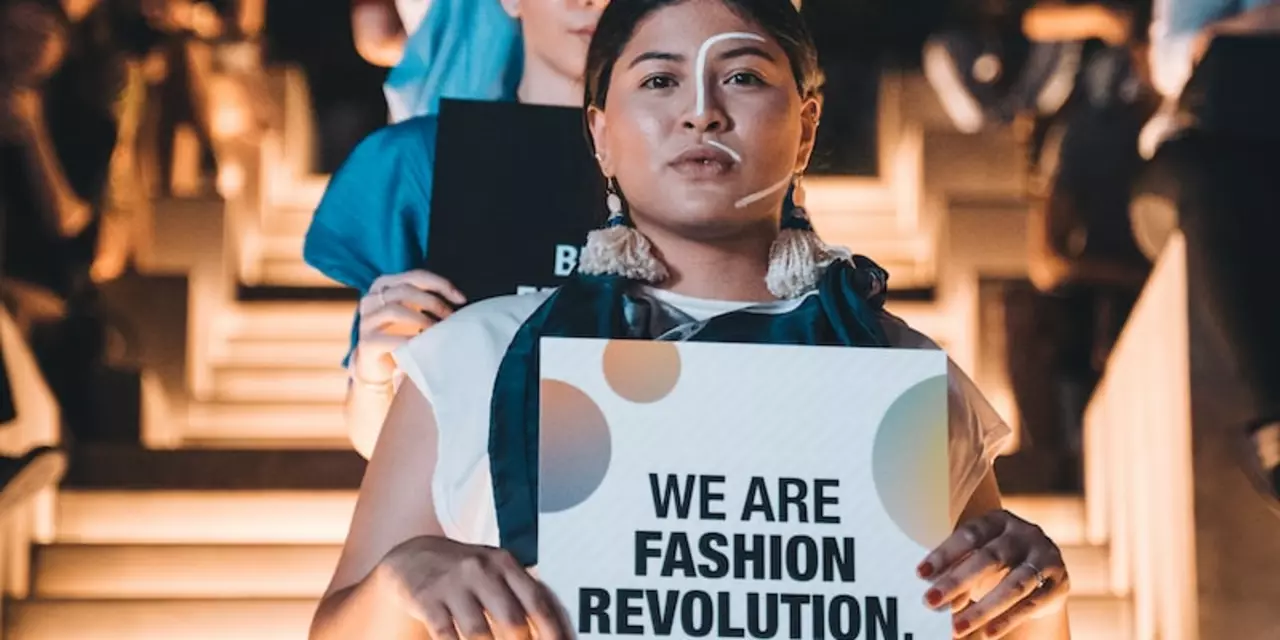Simple Steps to an Environment-Friendly Lifestyle
If you think going green means flipping your whole life upside down, think again. Even small tweaks in your routine can have a big impact on the environment—whether you’re living it up in the city or taking it slow in a small town.
Fashion doesn’t have to trash the planet. Learning how to spot sustainable clothing is a game-changer. Start by checking labels for natural or recycled fabrics. Cotton, linen, and recycled polyester are solid picks. Big hint: if the tag flashes an organic or Fairtrade badge, that’s a good sign you’re on the right track. But don’t stop there—dig a bit into the clothing brand’s story. See if they're talking the talk and walking the walk when it comes to ethical practices and eco-friendly production. Brands like Carhartt are making real changes with fair wages, safe workplaces, and even support initiatives for their workers.
Capsule wardrobes are another clever way to slash waste and save money. Instead of a closet bursting with outfits you rarely wear, try the 333 or 5-4-3-2-1 capsule tricks—keep just a handful of versatile pieces and get creative mixing and matching. You cut down on impulse buys and the number of clothes heading to landfill, and you’ll save precious minutes deciding what to wear each morning.
Living in the city? Urban life comes with unique challenges like pollution and hectic commutes, but it’s also ripe with chances to do better for the planet. Swap car rides for the subway, use reusable bags, and support neighborhood farmers' markets—every little bit chips away at your footprint. Got a tiny apartment? You don’t need a backyard to compost—many cities offer drop-off points or even countertop compost bins for food scraps. And don’t sleep on the power of community projects: rooftop gardens, recycling drives, or local clean-up days make it easier to pitch in with friends and neighbors.
If you’re in a small town, your local choices matter just as much. Supporting a local business that values eco-friendly practices keeps money flowing in your community and rewards better habits. Got an idea for a green business? Now’s your chance—think zero-waste shops, repair cafes, or local produce delivery. Small towns may not get as much buzz as big cities, but they’re perfect testing grounds for creative, green-friendly ventures.
Thinking about food? Slow down your meals. Eating slowly isn’t just better for digestion—it can cut food waste, too. You notice the flavors and, funny enough, end up eating less. Cooking at home, shopping for local, seasonal produce, and ditching single-use plastics can give both your wallet and the environment a break.
Whether you’re building a wardrobe or planning your next business idea, keep sustainability simple. You don’t need to overhaul your whole life—a handful of mindful moves can help create a healthier planet, a happier wallet, and a more stylish wardrobe. Urban Chic Chronicles is all about keeping things real, practical, and genuinely good for both people and places.
What exactly is sustainable fashion? Why is it so important?
Posted by Anna Fenton on Feb, 13 2023

Sustainable fashion is a term used to describe the production of clothes and other apparel in an environmentally-friendly and ethical manner. The concept of sustainability aims to reduce the negative impact of the fashion industry on the environment and to improve the working conditions of people involved in production. It is important because it helps to reduce pollution, conserve resources, and create a more ethical and humane clothing industry. Sustainable fashion also helps to reduce the costs associated with fashion production. It is important to make sure that the fashion industry is sustainable in order to ensure the protection of the environment and the welfare of people working in the industry.
Is sustainable fashion growing sustainably?
Posted by Anna Fenton on Feb, 13 2023

This article discusses the growth of sustainable fashion and its effectiveness in tackling the environmental crisis. It looks at the industry's efforts to reduce waste and its use of sustainable materials like organic cotton, as well as its commitment to ethical labor practices. It also examines the challenges facing the industry, such as the need for better education and awareness in order to spread the message of sustainability. Finally, it looks at the potential for sustainable fashion to become a powerful force for positive change. Ultimately, the article concludes that sustainable fashion is growing, but still has a long way to go to reach its full potential.
What is the future for sustainable clothing?
Posted by Anna Fenton on Feb, 13 2023

The future of sustainable clothing is bright. There is an increasing demand for sustainable clothing, and the fashion industry is responding with a range of sustainable options. This includes using more eco-friendly fabrics, such as organic cotton, bamboo, and hemp, as well as reducing water and energy consumption during production. Additionally, there is a trend towards upcycling and recycling existing fabrics, as well as using sustainable dyes and packaging materials. Through these efforts, the fashion industry is doing its part to reduce its environmental impact.
